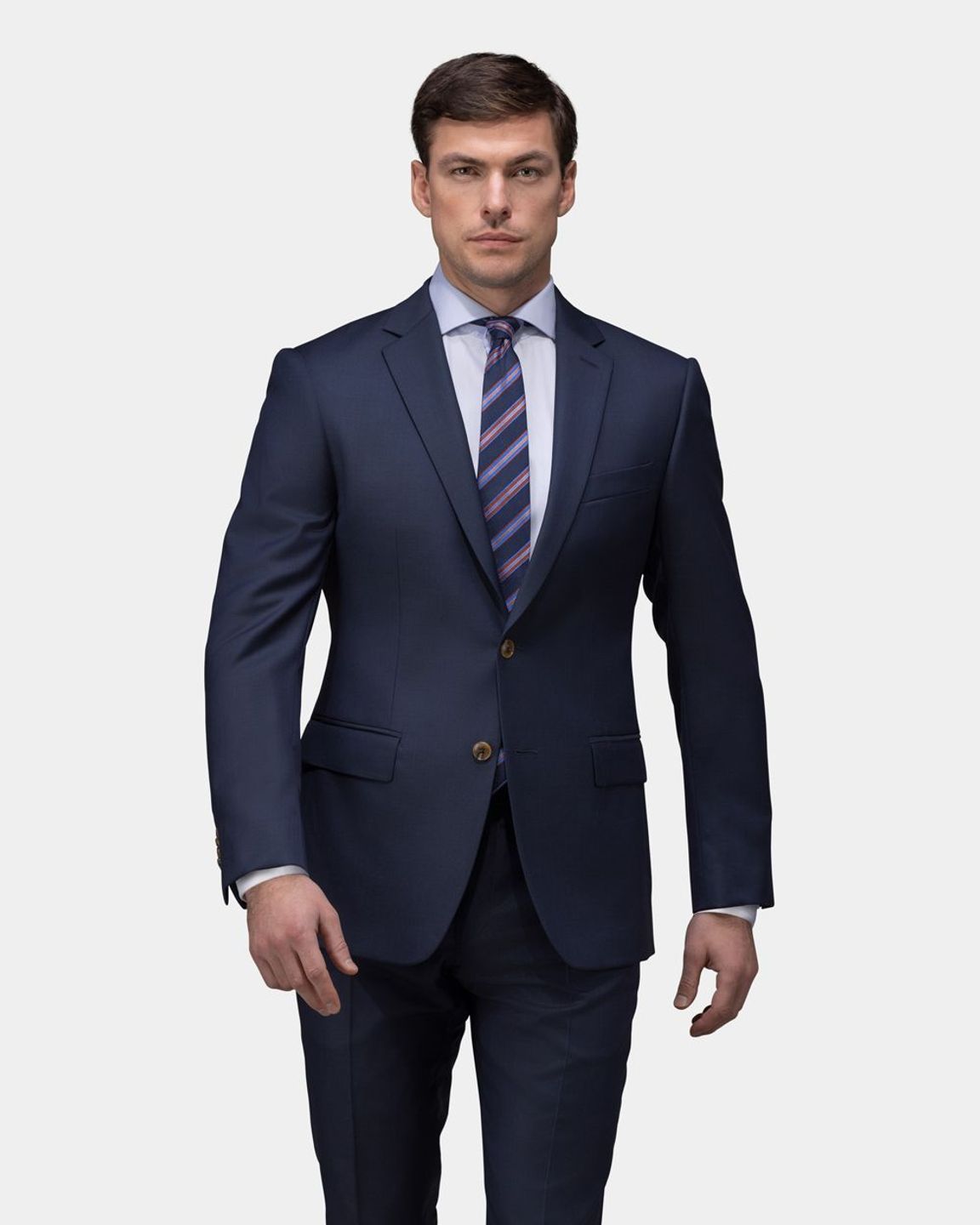Understanding the Tailoring Process: From Material Choice to Last Fitting for the Perfect Closet
The customizing process is a complex interaction of art and scientific research, starting with the important decision of fabric option and finishing in the accurate adjustments of last fittings. Each fabric kind brings special high qualities that influence not only the visual charm but additionally the garment's durability and suitability for numerous events.
Importance of Textile Choice
Choosing the appropriate material is essential in the customizing process, as it straight affects the comfort, longevity, and general aesthetic of the last garment. The selection of textile sets the structure for the garment's performance, capability, and style. Various fabrics have unique residential properties, such as breathability, stretch, and weight, which can considerably affect exactly how the garment drapes and fits the body.

A tailored item made from an appropriate fabric not only showcases craftsmanship but also raises the user's confidence. Subsequently, understanding the subtleties of textile choice is vital for any tailoring endeavor. It ensures that the end product not just fulfills the aesthetic desires of the customer yet likewise lines up with practical needs, thereby accomplishing a harmonious balance in between form and feature in the customized wardrobe.
Kinds Of Fabrics and Their Uses
Understanding the numerous kinds of textiles offered is vital for making notified choices during the tailoring process. Each material possesses unique features that dictate its suitability for details garments and events.
Its versatility allows it to be tailored right into every little thing from shirts to outfits. Its all-natural flexibility helps garments preserve shape over time.
Silk shows deluxe and is lightweight, making it ideal for eveningwear and delicate blouses; nevertheless, it calls for mindful handling as a result of its fragility. Linen, with its textured finish, is a popular choice for warm climates, offering a crisp and airy feel, however it wrinkles quickly, which might influence the garment's look.
Artificial textiles, such as polyester and nylon, deal longevity and resistance to creases, making them ideal for day-to-day wear and energetic apparel. Recognizing these textile kinds and their residential or commercial properties permits far better decision-making, making certain that each customized item not just fits well however also aligns with the intended objective and celebration.
The Tailoring Methods Described
The art of tailoring depends on a selection of techniques that change textile into well-fitted garments. Central to this process is pattern drafting, where a dressmaker produces design templates based on the customer's dimensions and preferred style. This first step guarantees that the garment will fit the user correctly before any kind of cutting occurs.
As soon as patterns are developed, cutting techniques come right into play. Precision is paramount as errors can cause misfitting garments. Tailors frequently utilize different cutting approaches, such as single-layer cutting for intricate layouts and multiple-layer cutting for performance on common patterns.
Basting is one more essential method, allowing dressmakers to temporarily sew fabric assemble for an initial fitting (tailored suits perth). This technique offers the chance to assess the drape and general shape before last sewing
Seaming techniques, consisting of flat-felled joints and French seams, boost the garment's sturdiness and visual appeal. Tailors also use techniques Web Site such as interfacing and cushioning to give structure and form to details areas, like collars and shoulders.
Finally, ending up techniques, including hemming site here and side finishing, guarantee the garment's durability while giving a polished look. With each other, these strategies form the backbone of efficient customizing, causing splendid, tailor-made garments.

Fitting Changes and Factors To Consider
After the preliminary tailoring strategies have been used and the garment is created, suitable adjustments end up being critical to accomplishing the best fit. These changes deal with numerous facets of the garment, ensuring it contours to the user's body shape and enhances total appearance.

The rise of trousers is another crucial element; it ought to sit comfortably above the hips without causing pain, permitting for convenience of activity. Hemming sizes for both pants and skirts ought to show the wearer's preferred style while respecting percentages.
In addition, focus must be offered to the back of the garment, guaranteeing that there are no unpleasant pulls or excess fabric - bespoke tailor perth. Each modification ought to be meticulously considered, as also minor alterations can significantly influence the general fit and aesthetic of the customized piece, ultimately bring about a closet that radiates confidence and refinement
Preserving Your Tailored Attire
Correct maintenance of tailored garments is necessary to protecting their fit and appearance with time. To guarantee long Discover More life, routine cleaning is vital. Always adhere to the care tag instructions, which might recommend completely dry cleaning for fragile fabrics or device cleaning for more sturdy materials. Prevent frequent laundering, as this can use down the fabric and change the garment's form.
Storage is similarly important; use cushioned wall mounts for jackets and coats to preserve shoulder framework, and shop trousers folded nicely or hung to stop creasing. Safeguard garments from straight sunshine, which can fade shades and damages fibers.
Additionally, periodic inspections for minor repair work can avoid larger issues. Look for loose switches, fraying joints, or indicators of moth damage, dealing with these problems quickly to preserve the garment's stability.
Lastly, consider seasonal turning. Putting on customized pieces in moderation allows textiles to recuperate, prolonging their lifespan. By implementing these upkeep approaches, you can make sure that your tailored garments remain as pristine as the day you initially wore them, enhancing your ideal closet for many years to come.
Conclusion
The customizing process, encompassing material choice, proficient methods, and precise suitable modifications, plays a crucial duty in producing garments that enhance both convenience and style. Each phase adds to the total efficiency of the end product, ensuring that clothing not just fits well but additionally reflects specific identity. Comprehending the value of upkeep extends the life of tailored garments, solidifying their worth in a well-curated closet. A detailed strategy to tailoring culminates in a refined and confident appearance.